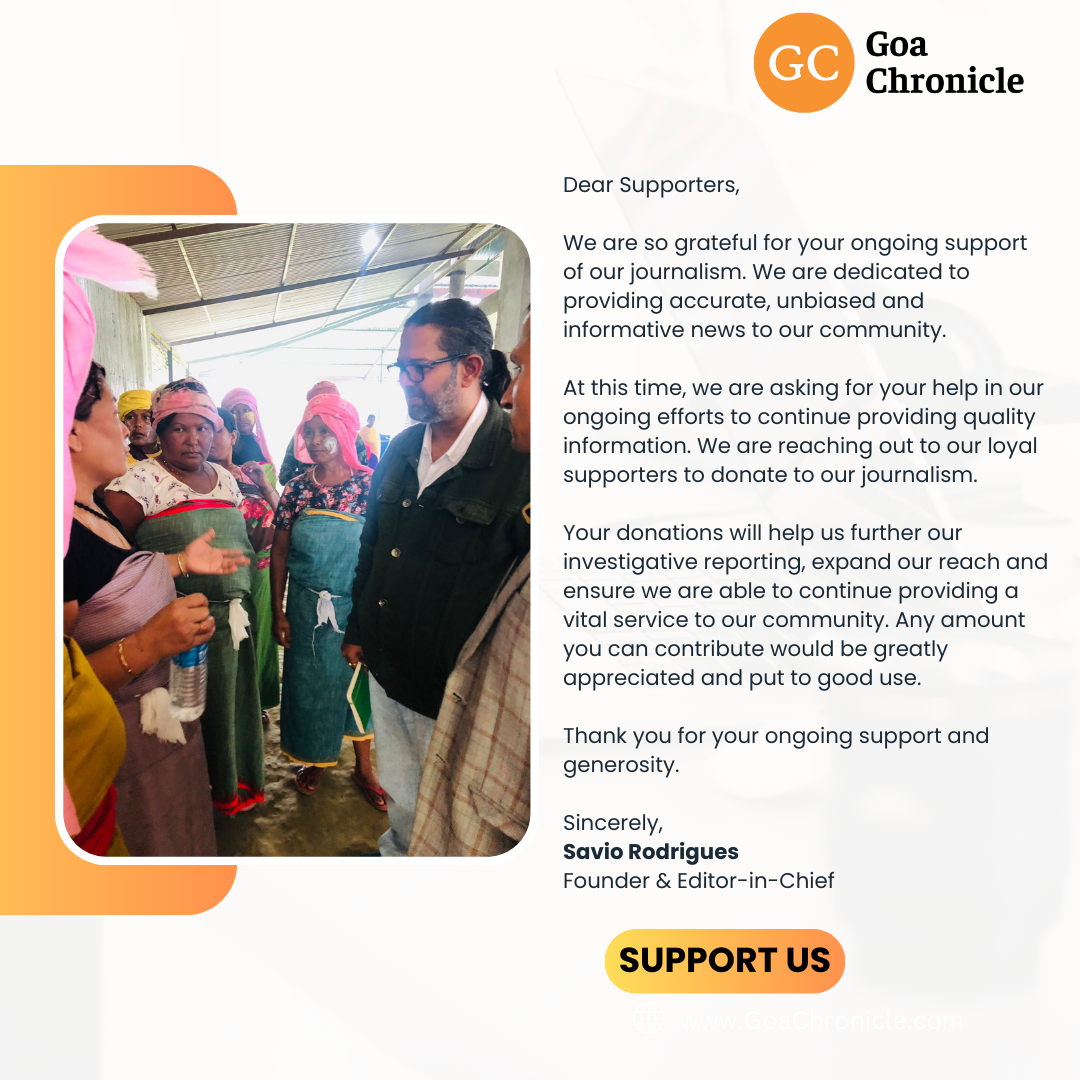In the evolving landscape of global geopolitics, the long-standing dominance of the United States is facing an unprecedented challenge. China, Russia, and India—three of the world’s largest powers—are increasingly aligning to counter U.S. global hegemony. While these nations have distinct political and economic ideologies, they share a mutual interest in creating a multipolar world where the U.S. no longer holds sway over international order. This burgeoning alliance is a crucial element in reshaping the dynamics of international relations.
Since the end of World War II, the United States has occupied the top tier of global leadership, exerting influence through its military, economic, and cultural prowess. The Bretton Woods system, the formation of NATO, and the establishment of the United Nations are all examples of frameworks built by the U.S. to sustain its leadership role in a Western-dominated world.
However, as the 21st century unfolds, the pillars of this dominance have begun to waver. The U.S.’s overextended military engagements in Afghanistan and Iraq, its internal political divisions, and the rising economic powers of Asia have chipped away at Washington’s unipolar status. The COVID-19 pandemic further highlighted the shifting balance of power, with countries like China demonstrating their ability to navigate global crises, and Russia consolidating regional influence in Eastern Europe and Central Asia.
China: Economic and Technological Powerhouse
China, the world’s second-largest economy, has positioned itself as the primary challenger to U.S. global hegemony. Under President Xi Jinping, Beijing’s Belt and Road Initiative (BRI) has expanded its global reach, building economic dependencies across Africa, Asia, and Europe. China’s rise is not only economic but also technological, with advancements in artificial intelligence, quantum computing, and telecommunications signaling a shift in global leadership in key industries.
Militarily, China’s focus on the South China Sea and its growing naval capabilities are direct challenges to U.S. dominance in the Indo-Pacific region. Its strategic ties with Russia and other countries have further solidified its role as a leader of the anti-U.S. bloc. The U.S.-China trade war, escalating tensions over Taiwan, and aggressive diplomacy have pushed Beijing to seek stronger alliances with Russia and India, despite historical differences.
Russia: Geopolitical and Energy Influence
Russia, though economically smaller than China, remains a geopolitical heavyweight. Its annexation of Crimea in 2014, involvement in the Syrian Civil War, and ongoing conflict in Ukraine have demonstrated Moscow’s willingness to challenge U.S. interests directly. Russian President Vladimir Putin has long positioned Russia as a counterbalance to the West, using energy diplomacy, cyber warfare, and military interventions to extend Russian influence in Europe and Central Asia.
Energy is Russia’s primary weapon in this geopolitical struggle. As one of the world’s largest producers of oil and natural gas, Russia has leveraged its energy supplies to influence Europe and other regions. By deepening ties with China and India, Russia has created a buffer against Western sanctions, expanding its influence in Asia and shifting the center of global power away from the U.S. and its European allies.
India: Balancing Non-alignment with Strategic Interests
India’s role in this trilateral coalition is unique, given its historical stance of non-alignment. However, under Prime Minister Narendra Modi, India has pivoted toward a more assertive foreign policy, balancing its relations with the U.S. and its traditional allies, Russia and China. India’s participation in the BRICS grouping (Brazil, Russia, India, China, and South Africa) and the Shanghai Cooperation Organisation (SCO) reflects its intent to foster a multipolar world.
Despite tensions with China, particularly over border disputes, India sees value in aligning with both Beijing and Moscow to resist Western dominance. India’s vast market, military capabilities, and growing influence in international organizations provide a crucial counterweight to U.S. influence in Asia. Furthermore, its relationships with Middle Eastern and African nations enhance its standing as a power broker in the Global South, a region historically marginalized by Western hegemony.
Economic Realignments and the De-dollarization Movement
One of the most potent weapons in the challenge to U.S. hegemony is the ongoing effort to weaken the dominance of the U.S. dollar in global trade. Both Russia and China have been actively seeking alternatives to dollar-based transactions, motivated by economic sanctions imposed by the U.S. that cripple their financial sectors. The expansion of bilateral trade agreements in local currencies, the development of digital currencies, and the promotion of gold as an alternative reserve asset are efforts to diminish the dollar’s monopoly in international commerce.
India, too, has shown interest in diversifying away from the U.S. dollar, particularly in its trade with Russia, where sanctions have pushed both nations to explore alternative payment systems. This “de-dollarization” movement is crucial in reducing Washington’s ability to leverage its financial dominance as a geopolitical tool.
Military Cooperation and Strategic Alignments
Military cooperation between China, Russia, and India remains complex due to their varying defense needs and alliances. However, there are emerging signs of collaboration. Russia has long been a major defense supplier to both China and India, and despite their rivalries, all three nations have shown interest in joint military exercises and intelligence-sharing frameworks, particularly under the aegis of BRICS and the SCO.
India’s military modernization efforts, including its acquisition of advanced Russian weaponry, underscore its need to balance U.S. partnerships with its historical ties to Moscow. Meanwhile, China and Russia continue to deepen their defense cooperation, holding joint military exercises in sensitive areas such as the Sea of Japan and the Arctic, signaling their readiness to challenge U.S. military presence globally.
The Role of Multilateral Institutions
Multilateral institutions like the BRICS, SCO, and the Eurasian Economic Union are becoming increasingly influential as alternatives to Western-led organizations such as NATO and the G7. These institutions offer platforms for China, Russia, and India to coordinate policies, trade strategies, and security frameworks that exclude the U.S. or reduce its influence.
Moreover, the creation of development banks and financial institutions, such as the Asian Infrastructure Investment Bank (AIIB) and the New Development Bank (formerly BRICS Development Bank), are attempts to create parallel systems to challenge the U.S.-dominated World Bank and IMF.
While the convergence of China, Russia, and India represents a formidable challenge to U.S. hegemony, significant obstacles remain. Border tensions between India and China, competing strategic interests, and internal economic and political challenges could prevent deeper cooperation. India’s deepening relationship with the U.S. through the Quad (a security dialogue including Japan, Australia, and the U.S.) also complicates its position in this trilateral axis.
Additionally, global power shifts are not immediate, and the U.S. still wields considerable influence through its alliances, technological leadership, and soft power. The long-term success of any anti-U.S. coalition depends on sustained economic growth, diplomatic finesse, and the ability to manage internal disputes.
The alignment of China, Russia, and India is a defining moment in global politics, signaling the erosion of U.S. global hegemony. While this coalition is complex and not without its challenges, it represents the growing desire among major powers to create a multipolar world where no single nation—particularly the U.S.—dominates. As these countries continue to strengthen their ties, the global order as we know it may undergo a seismic shift, potentially reshaping the future of international relations.
































